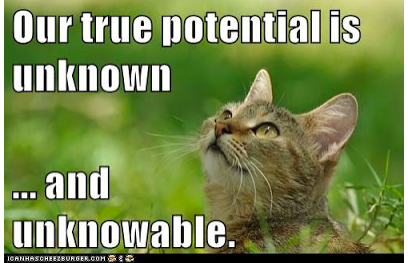“Tribute of Yu” was tricky to understand because there were no visuals of the geography being described and I am not familiar with ancient Chinese geography. The names of the regions and rivers also presented a challenge as they were difficult to pronounce. This led me to creating a goal to achieve by the end of class on Thursday which was to understand the myth more.
This myth contains a great deal of information including the resources each region produces and the geography of ancient China. While this information is useful for historians today, I learned in class that this text has a deeper meaning. The text was written during the Warring States period, 475-221 BCE, where multiple states fought to gain control of land. This text is a response to this period of fighting and is attempting to show that all states within the Zhou dynasty have different strengths and weaknesses and should be unified. The common goal of all these states was to claim as much land as possible from one another, and through this text the author suggests the states should come together as one.
The information within the text also may have been useful for people who were alive when the myth was written. This piece is considered to be a myth because it is set in the mythical past. Also, while it contains many factual details in terms of ancient Chinese geography, it is not certain whether Yu the Great was a real figure or if he was appointed to stop a big flood, which is where this story takes off. Nonetheless, a sense of geography of this area could be found as well as information for government officials or farmers about what resources each region provided. In more modern times being knowledgable about this story and what it represents was, and still is, crucial to being educated in Chinese culture. The Book of Documents, where this myth comes from, is said to be part of 5 classics and 4 books which form the basis of Confucianism.
While the “Tribute of Yu” is not a text I would have ever known about without this course, it was interesting to read, especially after more background information was provided in class. I achieved my goal of understanding the story better and now have a greater appreciation, and desire to learn more about, ancient Chinese history.
Source:
Wilson, Thomas A. “Five Classics & Four Books.” Hamilton Academics, 2010, academics.hamilton.edu/asian_studies/home/culttemp/sitePages/fiveclassics.html.

